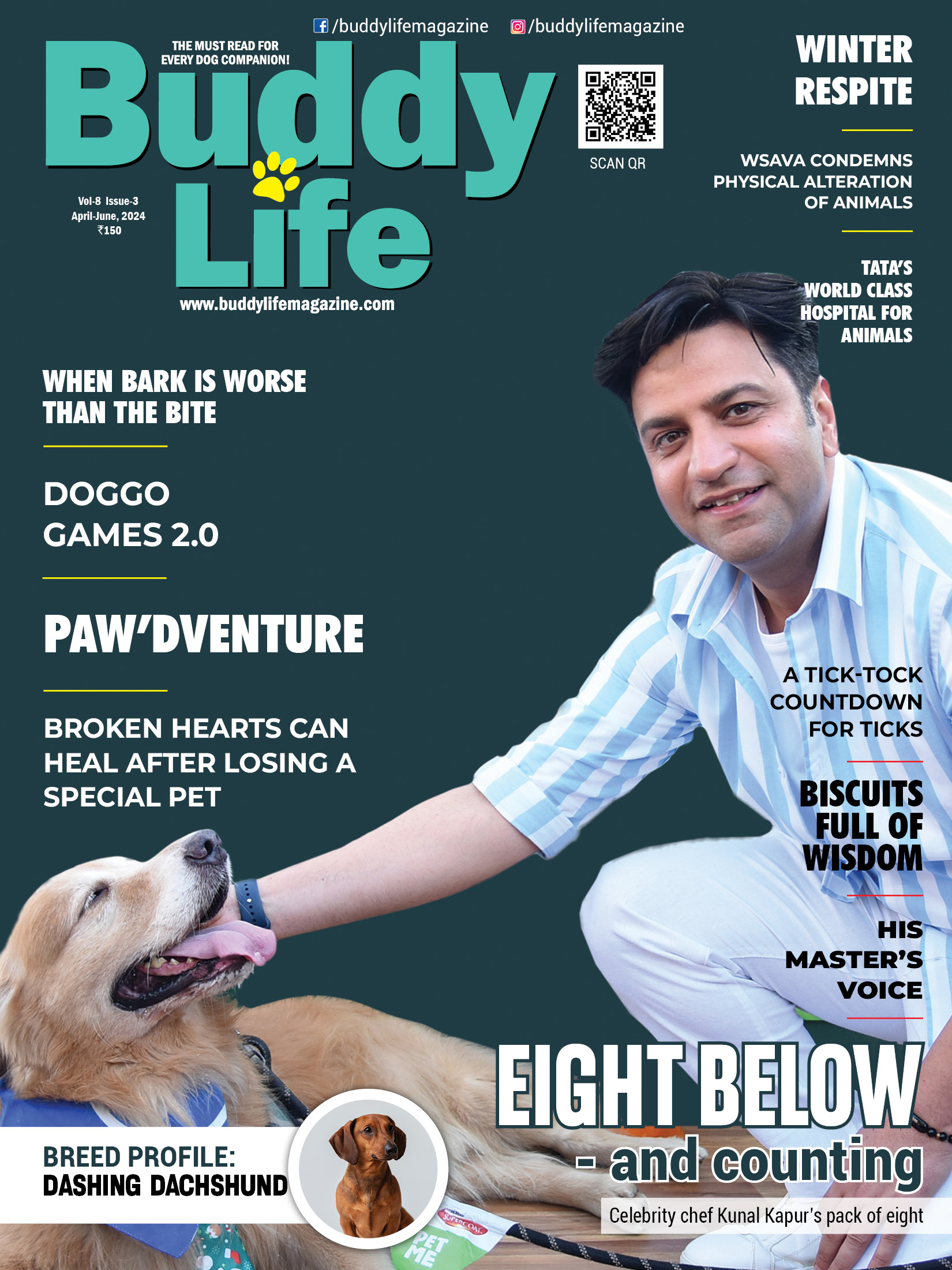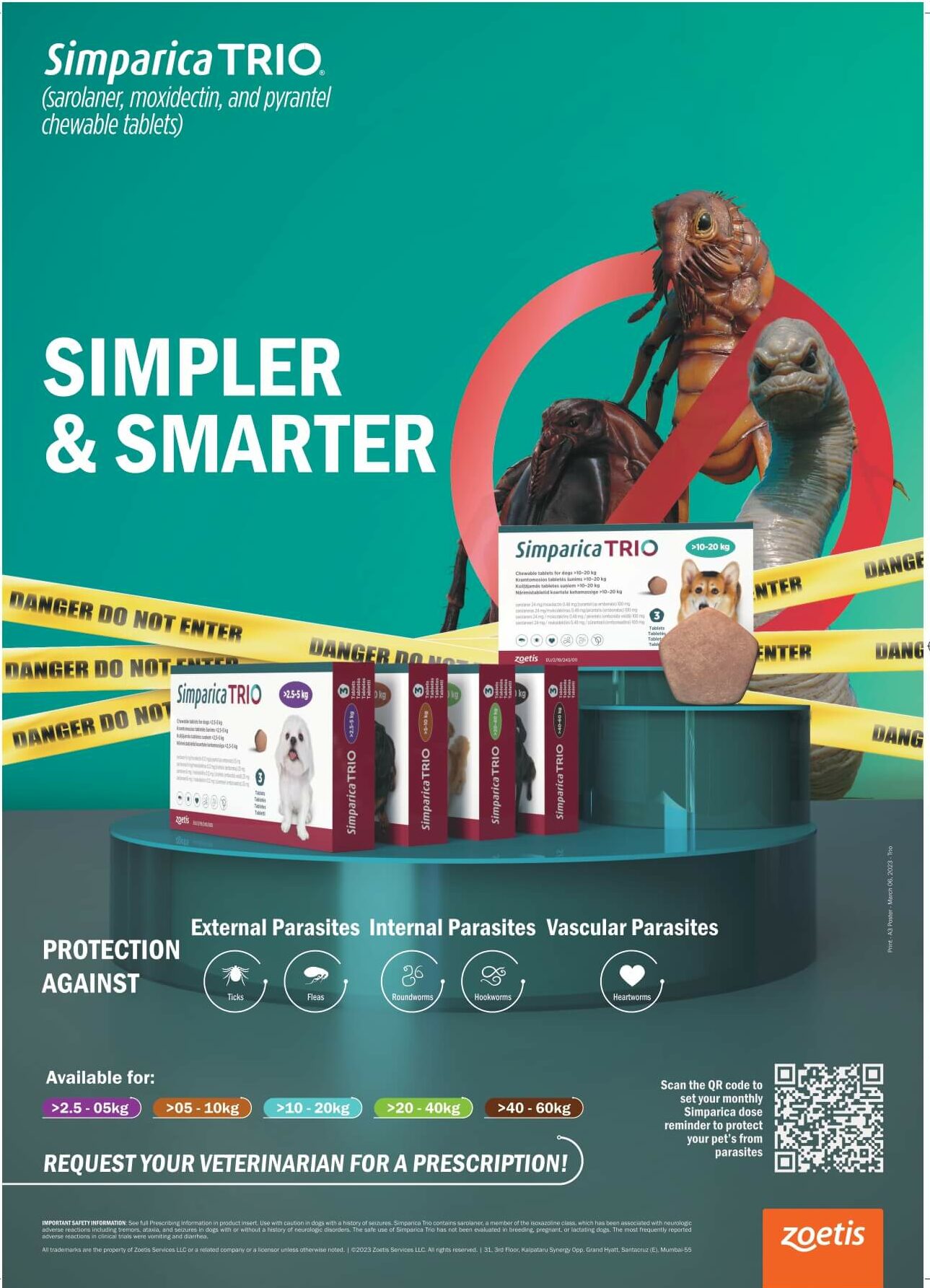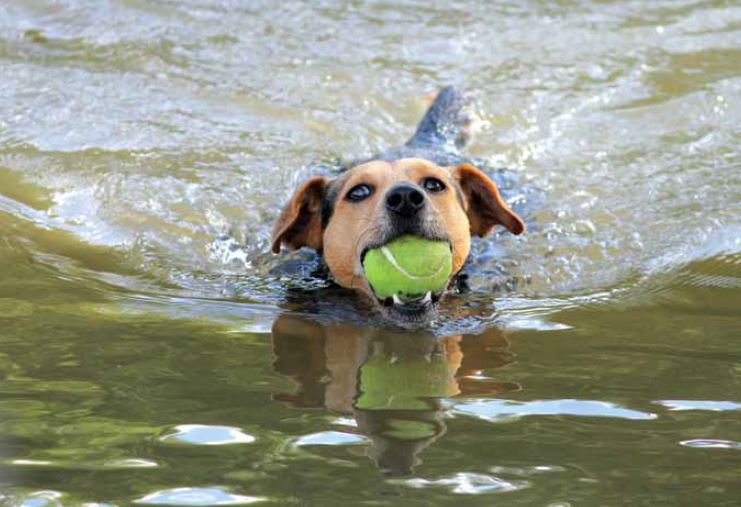
It’s funny how me and my rehabilitated stray, Mishka, work. She’s not really a pet, but rather a friend of mine. Sometimes not even a friend when she becomes afraid, instinctively acting on impulse to flee from humans. At times, Mishka loves me. Other times, she seems to forget me. One minute she’ll be there for me. Other times, she resorts back to her past ways. It’s slow progress and Mishka tends to bounce off of my moods. When I’m down, lacking patience and understanding with her, the results are terrible. Yet things always work out, we muddle through and try again another day. There’s always tomorrow.
Mishka is a gentle soul, but her past makes her difficult to understand and she occasionally makes sporadic bad decisions. I see these as a direct result from her traumatic past, which has left behind bad memories and fears. Often, she will run when approached by one dog, yet play eagerly with another. She might bark fearfully at an approaching stranger, yet want all the fuss in the world from another. She is fine with fireworks, something many dogs fear, yet petrified by the sound of a gun being fired. Her reactions are bewildering to decipher! Cows she barks at, horses she runs from, sheep she herds, some cats she’ll chase, while others she adores.

I guess it’s fair to say that all dogs have their quirks, faults and fears. However, some dogs can seem human-like, with their fear behaviours almost overriding their canine instincts. In a way, we can see this in a positive light, as while it’s not always a good thing to see our dog as another human in the family, looking at how we conquer our fears can help us understand what our canine pal needs from us to guide them away from their unwanted safety behaviours, and towards a happier way of living. Imagine being faced with your biggest fear. Say it’s heights and you’re being asked to climb up a tall tower. You’re scared, but the more you fight going up, the more you get yelled at for not moving. Nobody is helping you, you feel anxious and eventually, the need to get away takes over and you try to flee the situation. Now imagine being called up the tower with gentle words of encouragement, a reward on offer and perhaps someone nearby to climb alongside you. Feels better, huh? You might not achieve the goal of climbing to the top entirely, but you’d certainly feel more comfortable trying, right? It’s the same for dogs. Mishka works well with force-free training and it can be a great way of bonding with a fearful dog. There are many ways in which we can take force-free action to help our dogs, but all require understanding and often, unfortunately, a great deal of patience! Fears can develop quickly and take a lot longer to overcome. One bad experience can scar a dog’s mind for life. Slow, steady introduction of a fear into a dog’s life, known as exposure training, can be extremely beneficial in improving a dog’s quality of life and will, as a result, lead to a happier dog and a happier owner. For example, a dog afraid of people needs a staged introduction to a wide range of people, beginning with who they find least scary, say children, to the most scary, perhaps a very tall or large adult. This training, of course, must be taken out with precautions as a scared dog can be an aggressive dog. There is a high risk of injury if safety is not regulated throughout the entirety of exposure training sessions. All work should be planned and carried out with the support of a professional and every session should be adjusted according to the dog’s current mood and needs. Much like humans, dogs will have good and bad mood days, and those bad days could make for detrimental results if training should go ahead.
As well as exposure training, a method that works well with some dogs is reward based training. Dogs just love to please, and for a reward, even better. Rewards lead to a positive association with a subject or an event, encouraging them to respond in the same manner on the next encounter. Eventually, a dog may completely overcome the fear of something just from repetitively learning that the subject or event was nothing to be afraid of. In fact, it also meant being given a nice treat.
A dog may become unruly and excited if expecting a treat every time, and though we want the dog unafraid, we also want to see normal behaviour, rather than too much excitement. Random reward, on occasions that the dog behaves well during exposure to a fear, will leave the dog eager to act similarly in its presence at all times as he will learn that a reward may be on the cards. Mix up the treats too, as it all adds to the lottery of excitement in our dog’s mind. Dogs, after all, love a good game.
An important aspect to consider, and one which I mention time and time again, is patience. It is so important that we consider our own situation before trying to work with a dog in need. Feeling well rested, optimistic and confident before training will ensure that we stand the best chance of a successful session. Never begin a session if feeling tense, stressed, angry or negative, as the dog will no doubt pick up on this and the session could end badly for both of you. Always end a session with a big reward, such as treats, favourite toys, cuddles, whatever your dog loves most, to thank them for trying so hard.
Helping your dog through bad behaviours born of fear can be extremely challenging. However, in the long run, it will be totally rewarding and will see you and your dog building an unbreakable bond. Many people struggle and often, heartbreakingly, have to re-home troubled hounds. This is not the end of the world should it happen to you, as rescue dogs can and do find new forever homes. However, please don’t feel you are incapable of helping your troubled hound before trying your very best to work through their difficult behaviours. Don’t give up hope, as one bad day isn’t the end. Stop, take a step back, understand your dog and try again another day. Maybe tomorrow. Tomorrow is a new day.










 " >
" >
 " >
" >